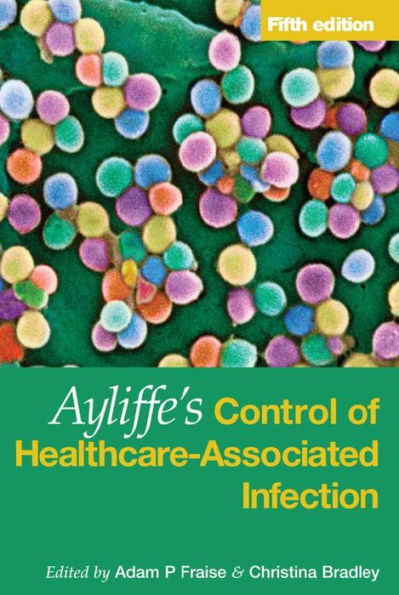The fifth edition of this classic text is the definitive, clinically orientated guide to a critical area within healthcare practice, full of sound, practical advice for all those involved in the control of infection in a variety of settings. Known in previous editions as Control of Hospital Infection, the new Ayliffe's Control of Healthcare-Associated Infection has again been brought up to date and thoroughly revised to emphasise the broader range of its coverage, from the hospital setting - including the ward, operating theatres, kitchens and laundry facilities - to health care provision in the community.
1139653269
Ayliffe's Control of Healthcare-Associated Infection: A Practical Handbook
The fifth edition of this classic text is the definitive, clinically orientated guide to a critical area within healthcare practice, full of sound, practical advice for all those involved in the control of infection in a variety of settings. Known in previous editions as Control of Hospital Infection, the new Ayliffe's Control of Healthcare-Associated Infection has again been brought up to date and thoroughly revised to emphasise the broader range of its coverage, from the hospital setting - including the ward, operating theatres, kitchens and laundry facilities - to health care provision in the community.
170.0
In Stock
5
1

Ayliffe's Control of Healthcare-Associated Infection: A Practical Handbook
520
Ayliffe's Control of Healthcare-Associated Infection: A Practical Handbook
520Related collections and offers
170.0
In Stock

Product Details
| ISBN-13: | 9781444115093 |
|---|---|
| Publisher: | CRC Press |
| Publication date: | 05/29/2009 |
| Sold by: | Barnes & Noble |
| Format: | eBook |
| Pages: | 520 |
| File size: | 2 MB |
About the Author
From the B&N Reads Blog
